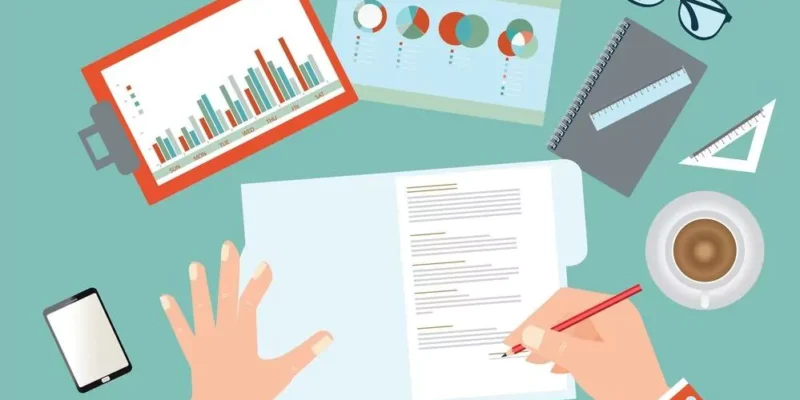Credit in adversity: comparing the latest crises
In the last two decades, the Brazilian economy has gone through three major crises. The first was in 2008, when the global financial system was on the verge of collapse. At the time, the GDP The Brazilian economy slowed from 5.1% in 2008 to -0.1% in 2009, according to the IBGE. The second crisis showed its first signs in 2014, reflecting the end of a growth cycle. As a result, in the two-year period 2015-2016, the economy accumulated a drop of almost 7%.
We are still going through the third crisis. Unlike previous times, this time the wheels of the economy have stopped in response to a health problem that originated outside the economic system. Because it was a different kind of crisis, the responses were different and, to a certain extent, bolder. Countries all over the world mobilized - and are still mobilizing - an arsenal of measures to contain the damage.
A note recently published by the Secretariat for Economic Policy (SEP) points out some particularities of the current moment. Among them, I would highlight the behavior of the credit market.
The start of financial crisis of 2008 caused a drop in global liquidity and, consequently, reduced the international lines of credit offered to the country, as shown in a report by the Central Bank released at the time. This was one of the channels of contamination from the external crisis. Faced with this situation, the monetary authority acted to guarantee liquidity in the domestic credit market.
The result was that in 2009, after a brief period of stagnation in credit operations, the measures took effect and loans and financing reacted. The biggest growth was in the segment of loans to individuals, with an increase of 12.1% in real terms. In the same year, the balance of loans to legal entities rose by 8.8%.
In 2016, the credit balance fell dramatically, especially in the corporate segment (-15%). Consumer credit also fell, but at a slower pace (-3%). In the crisis that began in 2020, this picture was reversed: there was significant growth in credit to companies (16.6%, in real terms) and less growth in credit to consumers (6.4%), even at a faster rate than initially forecast.
In 2020, the prompt initiative of the monetary authority, the government and private institutions was key to keeping the credit channel open. This initiative was based on the assessment that the crisis, by its nature, would be temporary and that failure to deal with the liquidity problem would have a greater economic cost. According to the Central Bank, liquidity release measures amounted to almost 18% of GDP.
Calculated since the beginning of the decade, bank default data allows for a comparison between 2015-2016 and 2020. The figures show a slow increase in arrears from 2015 and a significant drop during the current crisis. The data on the total number of people in arrears in the country, measured by credit bureaus, indicates that defaults are still below the levels seen at the start of 2020, but are growing at the margin.

A default will deserve special attention throughout 2021 as this is a problem that manifests itself with a lag. The credit bureaus continue to monitor the evolution of this data and, what's more, to reduce the risk for grantors of credit by making this information available to anyone who wants to consult their situation and to the fundamental credit analysis.
In short, the particularities of the moment led to the adoption of equally particular measures. Despite the tragic scale of the pandemic, the economic and medical policy lessons that have emerged from this experience should remain in our memory, so that we increasingly have better tools to combat adversity.
Thanks for reading! Access other content at ANBC website.
By: Elias Sfeir President of ANBC & Member of the Climate Council of the City of São Paulo & Certified Advisor




